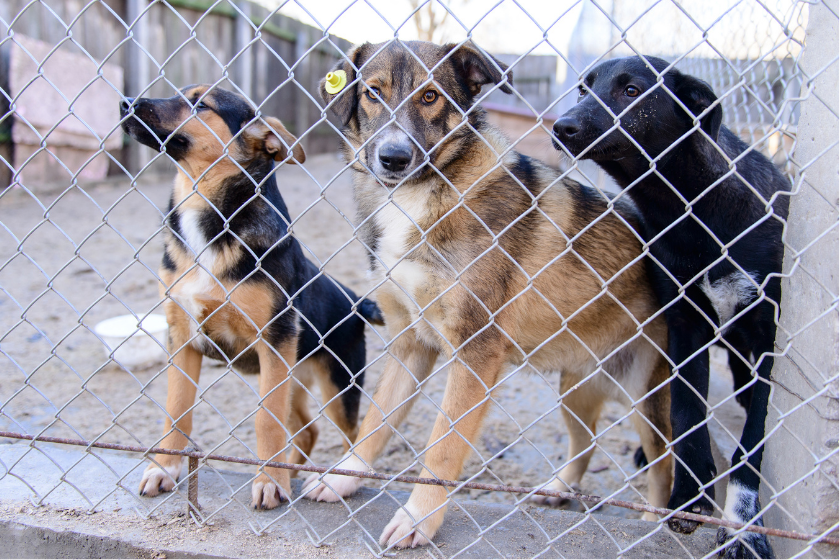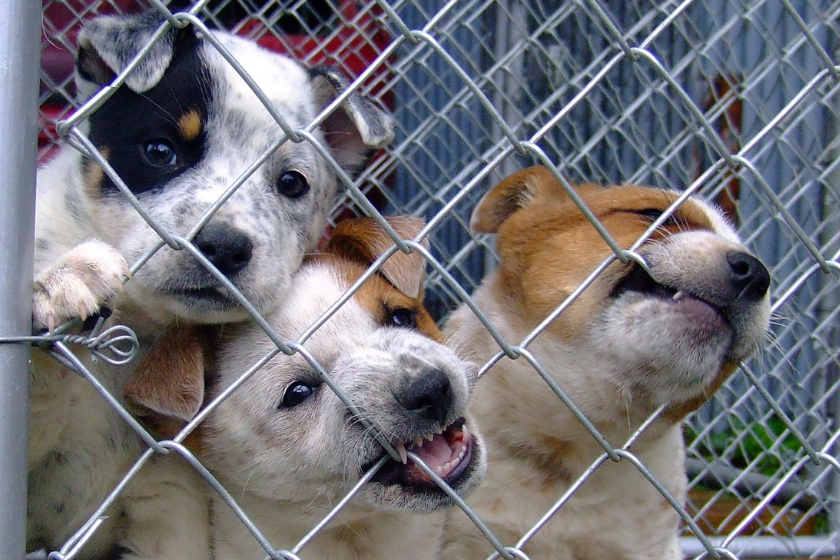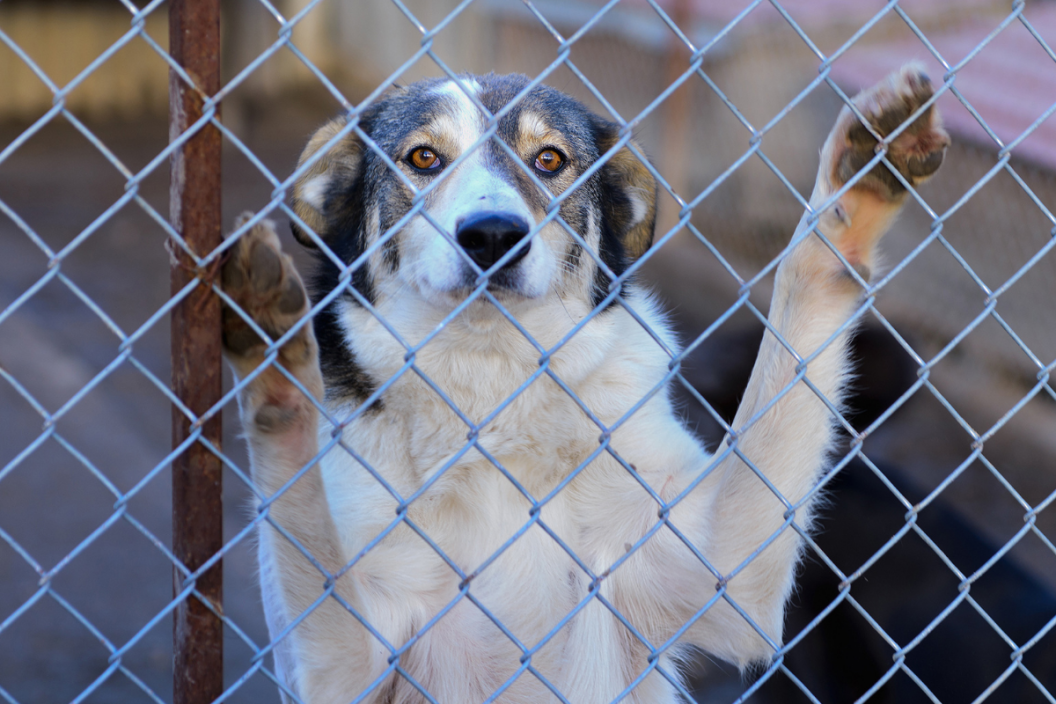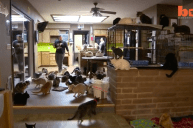Ever wonder what no-kill cities are and where you can find them?
In 1984, Best Friends Animal Society stepped up to do something about the 17 million animals being euthanized in city shelters throughout the United States. The nonprofit animal sanctuary opened up in Kanab, Utah, in hopes of putting an end to kill shelters. Five years after opening one of the largest no-kill sanctuaries in the United States, they moved on to creating no-kill cities in other states, making sure stray dogs and cats found homes as companion animals.
Years later, their efforts dropped the euthanasia rate to about 2 million animals a year, and according to their site, the 2021 rate was down to around just 347,000.
What Is A No-Kill City?

A city achieves no-kill status by increasing its save rate to 90 percent or higher. Usually, Best Friends Animal Society will partner with animal shelters in a given area to ensure that they offer lifesaving animal services instead of euthanasia. These no-kill shelters take stays in whether they are homeless pets, abandoned, injured, or simply lost with the goal of finding them new homes. These shelters take on all the care for the homeless animals, including preventative care such as spay and neuter procedures. They also assist with any medical care, including leg amputations and tumor removal as needed.
At the end of 2021, there were over 5,500 no-kill communities in the United States, and the country's save rate was up to 83 percent. In addition, according to Best Friends Animal Society, half of shelters have become no-kill.
No-Kill Cities In The U.S.

1. Austin, Texas
In 2010, the Austin city council voted to make Austin a no-kill city; Austin Pets Alive! led the charge to make it happen. Under the leadership of Ellen Jefferson, they made quick work of the task — February 2011 was the city's first no-kill month, and Austin has kept the benchmark of a 90 percent no-kill rate ever since.
2. San Francisco, California
Rich Avanzino is thought of as the father of the no-kill movement and made massive strides in San Francisco in 1984. He informed the city that the SPCA would no longer lead animal control, efforts, giving them until 1989. The SPCA worked to achieve its goal and finally made it a reality in 1984.
3. Los Angeles, California
Los Angeles recently earned its no-kill status through a partnership with Best Friends Animal Society; in 2012, No-Kill Los Angeles was launched. According to CNN, 56 percent of animals were making it into people's homes at that time. NKLA dramatically reduced the number of animals that were killed in shelters and became the largest city in the country to officially be given no-kill status in March of 2021.
4. San Antonio, Texas
In 2016, San Antonio, Texas, hit a live release rate of over 90 percent. The city continues to work on its efforts to get as close to 100 as possible, though they know that the number is near impossible to hit due to sick and injured animals that are not suitable to go to homes or are beyond care.
5. Jacksonville, Florida
Jacksonville hit its no-kill save rate from 2014-to 2018 but lost status when the number of animals leaving the kennels as companion pets dropped to 89 percent. Since then, the city regained its status during the coronavirus pandemic, and in 2020, 93 percent of the cities homeless pets were adopted into loving homes.
6. Albuquerque, New Mexico
In Albuquerque, two city shelters reached a 90 percent save rate in 2019, effectively increasing their live release rate. The city continues to focus on spay and neuter programs to keep their rate up and microchipping pets so they can get back to their owners quickly when lost.
7. Tompkins County, New York
Tompkins County reached its no-kill status in 2001 by using practices put in place by Rich Avazino and the San Francisco SPCA.
8. Washoe County, Nevada
Bonney Brown created the largest metropolitan area to be designated as no-kill in 2008. The Nevada Humane Society helped ensure that the county was a safe place for all homeless animals.
So far, Delaware is the only state in the U.S. that is completely no-kill. BFAS is a thriving non-profit and attempting to make Utah the second fully no-kill state in the near future.
Do you live in a no-kill city? Tell us on our Wide Open Pets Facebook!




